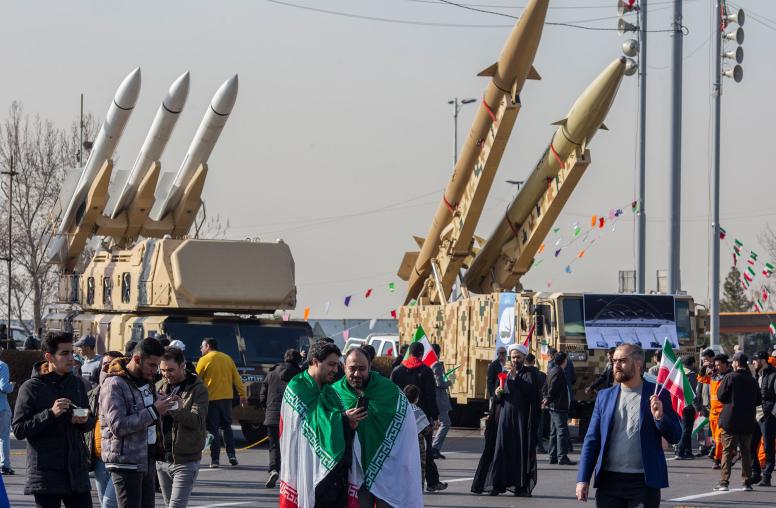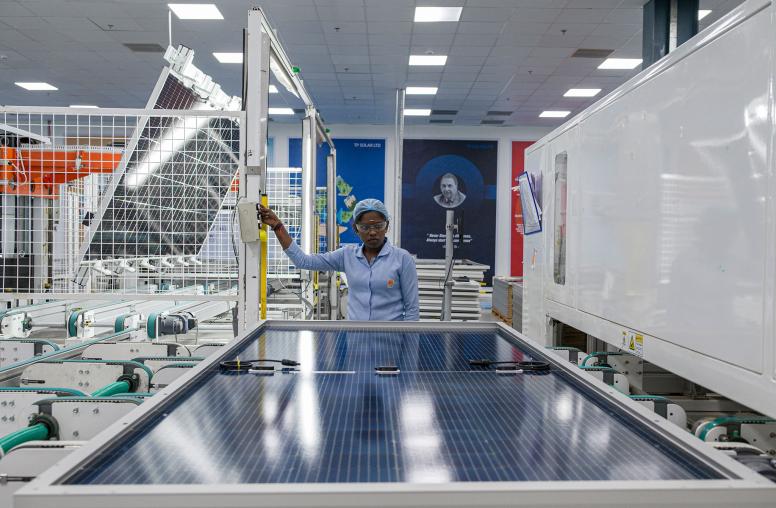China's Role in Nigerian Railway Development and Implications for Security and Development
This report focuses on Chinese involvement and investment in Nigeria’s railway sector and the intersection of planned projects and regional security dynamics. Examining the role of Chinese loan finance and state-owned enterprises in Nigeria’s transition from its inherited colonial infrastructure, it considers the economic implications of these projects for security and peacebuilding and their potential as a flash point for local grievances and conflict risks.
Summary
- Chinese firms and finance play a prominent role in Nigeria’s infrastructure development, notably in the construction of several railway lines across the country.
- The intersection of planned railway projects and regional security dynamics has implications for security and peacebuilding and as a potential flash point for local grievances.
- The inherently political nature of railway projects can by definition exacerbate existing regional inequalities and interethnic grievances.
- New railways can contribute to investment and growth in impoverished regions, but security issues—particularly in the Niger Delta and southeastern Nigeria—are significant risks to the implementation of these projects and their feasibility going forward.
About the Report
This Special Report examines the role of Chinese investment and involvement in planned railway projects in Nigeria and its implications for regional security dynamics and peacebuilding. It was commissioned by and undertaken with the support of the United States Institute of Peace.
About the Author
Yunnan Chen is a PhD candidate at the Johns Hopkins School of Advanced International Studies (SAIS) and a research assistant at the SAIS China Africa Research Initiative. Her research focuses on Chinese development finance in Africa’s transport and infrastructure sectors.



